About Chimera
“Chimera” is the latest unusual archetype introduced to Yu-Gi-Oh! TCG's metagame. It's a deck that references the classic monster, Chimera the Flying Mythical Beast, and brings a new version of it to the game, besides also releasing updated versions of its old fusion materials, Gazelle the King of Mythical Beasts and Berfomet. Besides that, the archetype introduced a new monster type to the game, the “Illusion” type.
After its release in Duelist Nexus, and a couple of regional tournaments, Chimera ended up the most represented deck in top cuts of these events, overcoming even Kashtira. The greatest reason behind that is, as they are less expressive tournaments compared to YCS events, good players decided to test this archetype as they considered it had potential as a real deck, and, apparently, the result was positive.
Check out below how Chimera works!
Decklist
Main Deck

Cornfield Coatl and Mirror Swordknight are the deck's starters. One is a card searcher very similar to a "ROTA", and the other is a "normal summon", respectively. Besides that, they are interactions while they're in the graveyard through their "negate" effects, as long as you have a Chimera the Flying Mythical Beast on board.

Gazelle the King of Mythical Claws and Big-Winged Berfomet are combo pieces which can search for each other, and can also add the archetype's fusion spell to your hand. Besides that, when used as fusion material, they create advantage as they add monsters from the deck to your hand or summon them from the graveyard. Big-Winged Berfomet is considered a "garnet" as it is a level 5 monster, and that is why it is used in a smaller amount.

Chimera Fusion is obviously the archetype's fusion spell, and, besides its obvious fusion effect, it is a follow-up card as long as it is in the graveyard, be it by returning to its owner's hand, or summoning monsters which can add another copy of it to your hand.

Due to the small number of cards in this archetype, and as it is a deck focused only on fusions, the "Branded" engine is used to boost this strategy. The synergy is so intense that Branded Fusion works as another starter in the deck.

The second engine which complements the deck is Edge Imp Chain, which helps you create game volume (???) and allows you to get to Polymerization. It is quite useful, not only as this is a fusion deck, but also so that your Guardian Chimera has an extra protection when summoned.

Called by the Grave is a useful and versatile card, which you can use proactively against the opponent as an interaction, besides being excellent at protecting itself from most handtraps.

Super Polymerization is another versatile card in the deck, and can be played on board to interact with your opponent while they try to get their combo off, or even as a boardbreaker when you are second to play.

Besides the other techs, the deck has space for 12 handtraps, chosen according to what has been popular to use by players in the current format.
Extra Deck

Chimera the King of Phantom Beasts is one of the modern versions of Chimera the Flying Mythical Beast, and the archetype is centered around it. Besides that, it is a material specifically made to summon your other "Chimera" and it has two effects: one removes resources from your opponent and another recovers your resources.
Chimera the Illusion Beast is another version of the old Chimera the Flying Mythical Beast. This one, on the other hand, isn't an advantage card, but it is focused on dealing a good amount of damage to your opponent and maybe even finishing games.

Despite not being part of the archetype, Guardian Chimera fits really well, not only due to its name and artwork, but also because it has great synergy with the deck and can work as a boss monster. Besides acting as interaction, it creates advantage when summoned.

Just like in many other fusion decks, the "Branded" engine is used thoroughly in this deck, not only because of Mirrorjade the Iceblade Dragon, but also because of Rindbrumm the Striking Dragon, which connects the "Branded" engine to the "Chimera" engine.

Predaplant Dragostapelia is another fusion which stands out since the Tearlaments format. Besides being a good interaction to access during matches, it can also work as one of Super Polymerization's targets.

Magnum the Reliever is another good support card for fusion decks released in Duelist Nexus. It stands out for its versatility, as both a card that picks up the pace back again as a follow-up, and as an interaction.

Garura, Wings of Resonant Life and Mudragon of the Swamp are the most obvious targets to use with Super Polymerization. Usually, they'll only be summoned through it, and can be used as material for another fusion right afterward.
Chimera's Main Plan
Chimera's main game plan is to end your turn with Chimera the King of Phantom Beasts and Mirror Swordknight on board. Besides that, it is also very important to have a Chimera Fusion in play, because it will be used to summon fusions during your opponent's turn, and most times you'll summon Guardian Chimera.
In hands with access to Branded Fusion, you can have one of the "Albaz" fusions as another interaction at your disposal. That doesn't make you lose the rest of the deck's main combo, once, when you summon Rindbrumm the Striking Dragon, you end up adding one of your 1 combo cards to your hand with Gazelle the King of Mythical Claws' effect.
Main Combo
I'll leave the main combo below if you open up with Cornfield Coatl:
> First, activate Cornfield Coatl's effect, discarding it to add Mirror Swordknight from your deck to your hand;
> Normal-summon Mirror Swordknight and activate its Tribute effect to summon Big-Winged Berfomet from your deck;
> When you summon Big-Winged Berfomet, active its effect to add Chimera Fusion and Gazelle the King of Mythical Claws from your deck to your hand;
> Now, activate Chimera Fusion using Big-Winged Berfomet and Gazelle the King of Mythical Claws as materials for Chimera the King of Phantom Beasts' fusion-summon;
> Organize the chain in the following way: chain link 1 Big-Winged Berfomet (to summon Mirror Swordknight from your graveyard), chain link 2 Gazelle the King of Mythical Claws (to add Cornfield Coatl from your deck to your hand as follow-up), chain link 3 Chimera the King of Phantom Beasts (to remove 1 card from your opponent's hand during the turn's end phase);
> After the chain resolves, active Chimera Fusion's effect in the graveyard to return it to your hand and next play it on board;
> Go to your turn's end phase and resolve Chimera the King of Phantom Beasts' effect.
This way, your board will end up like this:
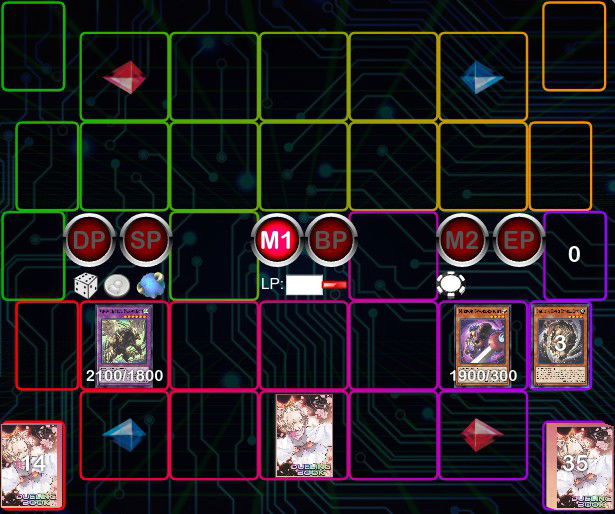
During your opponent's draw phase, activate Mirror Swordknight's Tribute effect again and summon Big-Winged Berfomet from your deck. Next, activate its effect and add another Chimera Fusion and Gazelle the King of Mythical Claws to your hand as follow-up.
This way, you'll still have as interaction in the graveyard Mirror Swordknight and Cornfield Coatl, and, besides that, Chimera Fusion to summon Guardian Chimera.
Main Matchups in the Format
Chimera's final board is simple, but it spreads its interaction well, which is a plus. Most times when you get your combo off, it is quite hard to be defeated, as even when your board is broken, your play's construction creates many follow-up plays, which guarantees you a good comeback in the following turn. So, your main struggle when playing first are the high-impact interactions which are popular in the current format, such as Droll & Lock Bird and Dimension Shifter.
When you play second, Chimera has a certain game volume (???), particularly against back row decks, such as Labrynth and Runick variants. However, the deck struggles with dealing with the main decks, such as Kashtira, Spright and Unchained, which build very strong boards with multiple interactions, besides Purrely, which has a great unaffected monster. So, in these unfavorable matchups, you'll use your techs to lower these deck's final board's power ceiling.
I believe Chimera is strong enough to be a part of the current metagame, but as a Tier 2 deck, once it still is a few levels below the main decks. Besides that, the deck shows great potential, as it can get direct support cards for the archetype and also indirect support cards, through generic cards used to boost the "illusion" monsters' strategy.
Final Words
So, what did you think of the deck? I hope you enjoyed getting to know more about it, and that you have fun with it.
You're welcome to give your opinion here in the comment section. Cards Realm thanks you for your support!

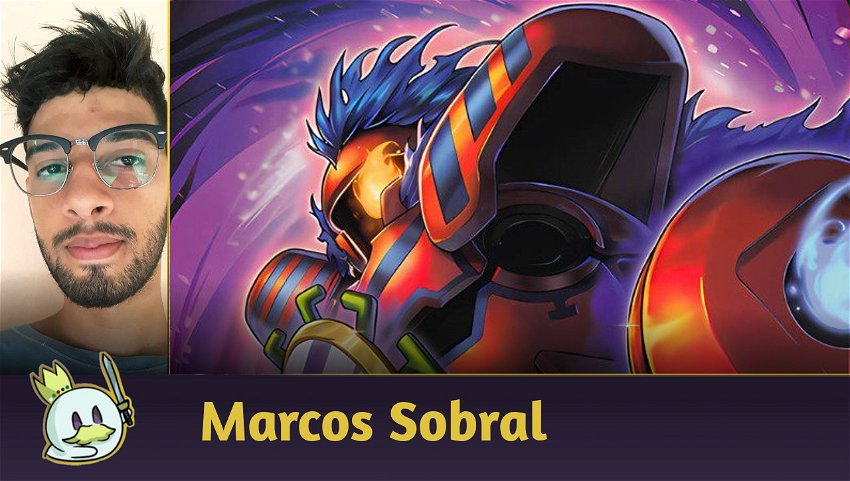







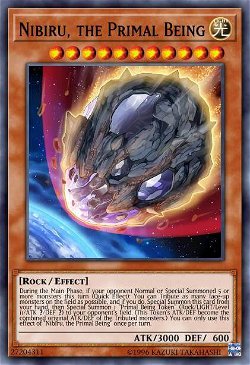
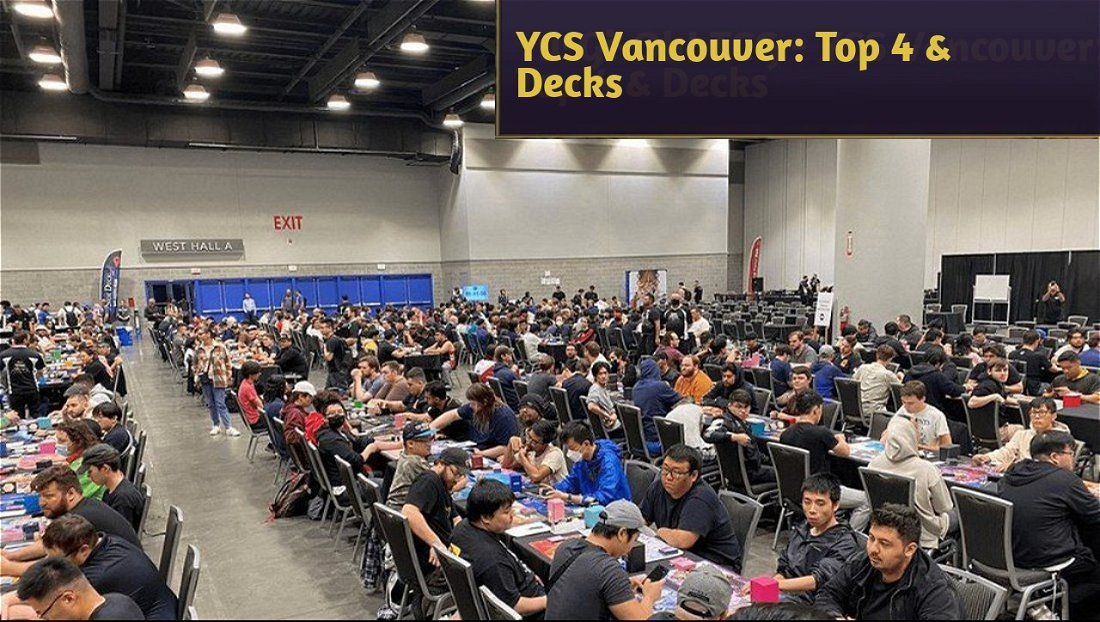
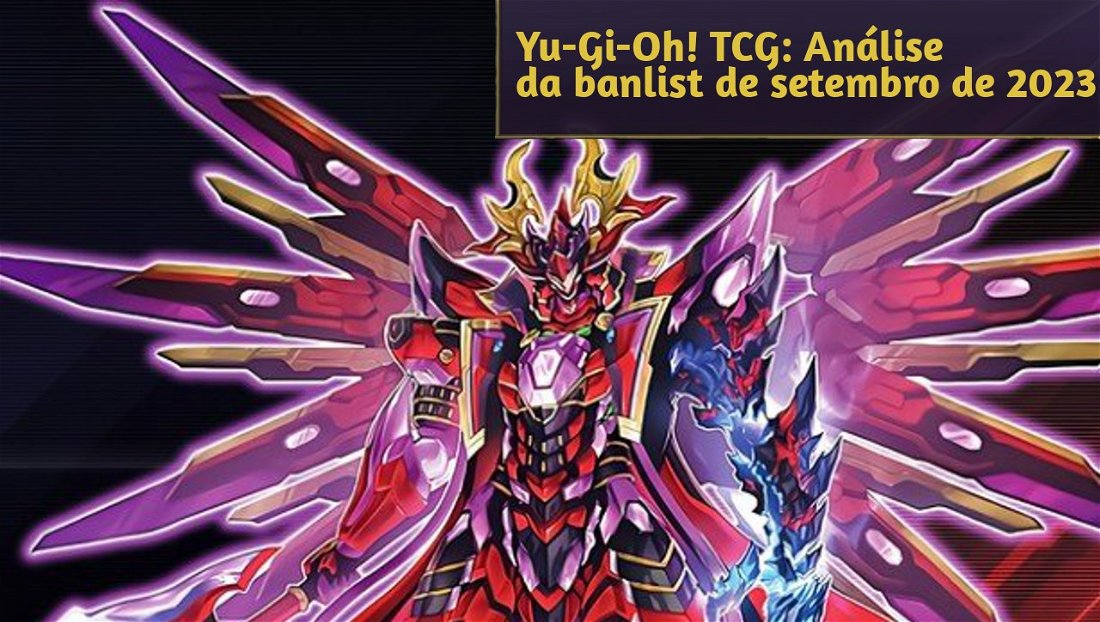



— 코멘트 0
, 반응 1
첫 댓글을 남겨보세요